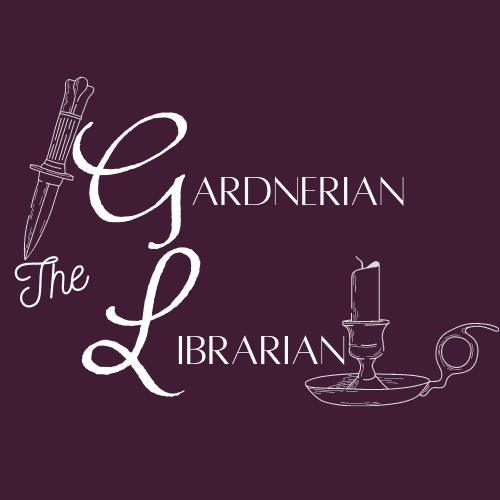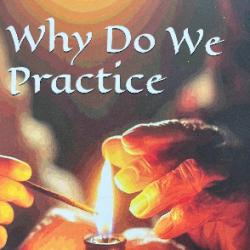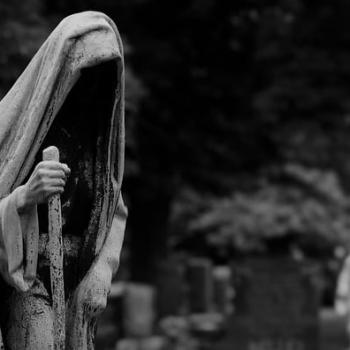Note: I received an advanced copy from the author in exchange for an honest review.
In this post, I’ll be reviewing a forthcoming book by Mortellus titled Do I Have to Wear Black? Rituals, Customs & Funerary Etiquette for Modern Pagans. It’ll hit the shelves February 8, 2021, but you can pre-order a copy from multiple online venues. Take it one step further and get a signed copy from Mortellus’ website.
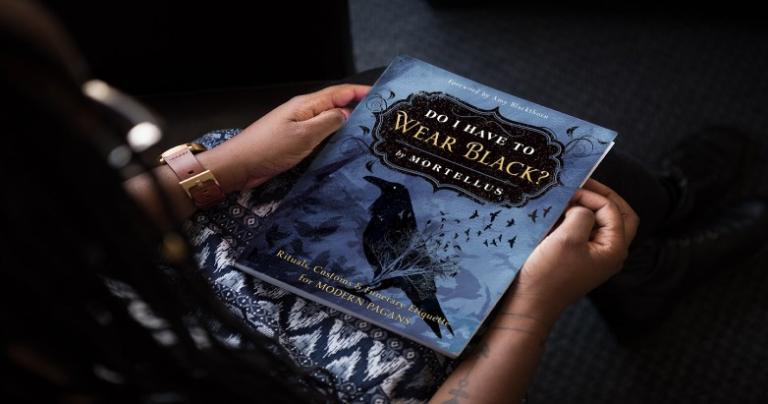
TLDR Review for Busy Readers
The short and sweet version? This book is a must-have for funerary professionals, interfaith chaplains, pagans, friends and family of pagans, and pagan clergy. It’s jam-packed with practical, cut-the-bullshit information on common and lesser known funerary practices. Included are numerous rituals and spells for honoring the dead, whether they be human or furry companions. Mortellus’ work is well-researched, properly cited with a complete bibliography, and includes a bangin’ glossary and index. Do yourself a solid favor and buy a copy. You won’t regret it.
In-Depth Review for the Curious – Without Spoilers!
As a librarian, I check a few elements of a book before diving in: book cover & back, the artwork, table of contents, the bibliography, and the forward or introduction. For me, checking these elements sets the mood and my expectations. Right off the bat, the artwork on the cover and throughout the book grabs my attention. A raven cameo sits dead-center (snicker) with an unkindness of ravens flying behind it. When I think of how ravens are associated with death, I imagine bloody battlefields where the dead are picked clean by carrion-eaters. Though, to understand the raven theme, you’ll have to read the introduction. Don’t skip that part!
Following the table of contents is a section outlining where readers can easily find the rituals, spells, and exercises included in the book. To me, outlining these things in the beginning sets the book up to be used as a reference guide or handbook. Additionally, an extensive and thoughtful index is included in the back. Indices indicate that authors are concerned with making their information as quickly accessible as possible. The goal for any index should be to anticipate which subject words most readers will gravitate toward. Not all indices are well-designed and not all books have them or should have them. The reference nature of this book definitely requires an index, however, and I’m pleased that extra care was taken to include one.
Dying Pagan
Mortellus’ introduction talks about their own brushes with death, powerfully recounting a specific experience they had as a child. Throughout the book, and especially in the introduction, Mortellus levels with their readers about what they can expect from the book. They desire their readers to feel empowered to make informed decisions regarding the passing of loved ones and in preparation for their own deaths. While there are plenty of books out there on the dying process and funerary arrangements, there aren’t nearly enough of those resources for modern pagans.
Mortellus makes the case that pagans have the right to a dignified death and funeral that isn’t inherently Christian. Naturally, I agree and I imagine most of you do, too. According to the author, Christian death rites and burials currently dominate the funerary sector in the United States (Mortellus, 2021, p. 1-2). When it comes to religious or spiritual rites, Christianity is too often the default. Therefore, numerous individuals have been subjected to death arrangements that do not appropriately honor the life they lived. Mortellus ends their introduction by stating, “Let us learn how to die Pagan” (Mortellus, 2021, p. 3). And, that, we shall!
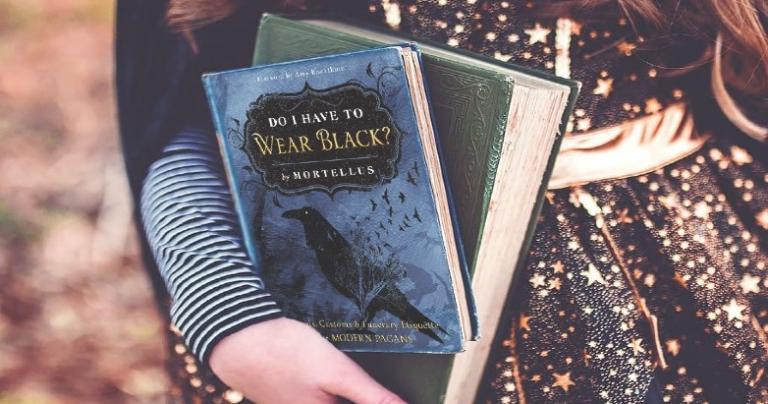
Orienting Ourselves in Death
Following the introduction, Mortellus uses the next three chapters to orient readers in common pagan myths and beliefs in the afterlife, ancient and new. These chapters function to help readers consider their own beliefs as well as the historical bases for them. One could easily be led down a fun Internet rabbit-hole by researching any of the myths and beliefs presented in this section. Additionally, these chapters can assist non-pagans in understanding the complexity and variability of pagan beliefs. At no point does the author use these chapters as opportunities to persuade readers to believe or accept anything they’ve presented. At its core, this book is centered around consent and informed decision-making.
Chapters 4-6 detail what happens behind the scenes from the moment we die to being laid to rest. I found it oddly comforting to read those details, perhaps because they were presented so matter-of-factly. What I love about this book is that Mortellus never apologizes for telling the truth. The reality of death is in the details, as it were, and Mortellus doesn’t tiptoe around them. What has made death so frightening for many of us is not knowing what happens, right? Fear can be abated with new information, however. While we may not know if there’s an afterlife, we can definitively know what happens to our physical bodies. In fact, we have a choice as to what happens to our physical bodies.
My Body, My Choice
Mortellus presents different methods for burial and body disposal, outlining the pros and cons for each in Chapter 4. In this chapter, we’re given the type of language funerary professionals most commonly use. In this way, non-professionals can use the same language as professionals to ask for what they want and need. I like that Mortellus leveled the playing field here.
Admittedly, it was difficult for me to discern to whom Mortellus was writing in Chapter 4. At first, I assumed they were writing to other funerary professionals. However, Mortellus later clarified that they hoped the previous information empowered readers to feel like they could speak to professionals using their language. Boom. Cleared that up for me.
Chapter 5 is dedicated to practical advice on wills, writing obituaries (including your own), and planning funerary rites. At the end of this chapter, and others, are further resources for accomplishing those tasks. Chapter 6 is one of the more interesting ones to me because it teaches readers how they can assist in the funerary preparations of their loved ones. Being a part of the death process helps us connect better with it. Have you ever wanted to know how to easily create a death shroud or casket? Chapter 6, baby.
Not All Pagans
To recap, the first two parts of the book orient readers on common beliefs, myths, funerary practices and planning. Reading those sections set readers up for the third part of the book, so I recommend you do just that before skipping ahead to this part. This book is formulaic in how it’s structured, which is why I recommend you read it from start to finish. Each section builds on the previous one.
Chapters 7-15 summarize the most common pagan traditions’ known beliefs on death and the afterlife. These chapters would best be used by funerary professionals, chaplains, or friends and family of pagans. For each tradition, Mortellus provides thoughtful rituals that solitaries or groups can use to properly honor a person of that tradition. At the end of each of these chapters are additional resources and books readers can use to better understand the tradition.
If you are a pagan who is still in the broom closet, or if you know of a closeted pagan, be sure to read Chapter 8. Just because you’re not “out” as a pagan doesn’t mean that you don’t deserve a death rite of your choosing. Mortellus has done an excellent job of being inclusive of other pagan-adjacent traditions, so take note.

Respecting Our Animal Companions
In true form, Mortellus is not only inclusive to humans but to animals as well. Chapter 16 presents resources for honoring our animal companions as well as deceased wildlife that we may encounter. I’ve shed many tears for “roadkill” and abused animals. Clearly, I’m pleased that Mortellus provides rites for honoring those lives, as it shows their deeply compassionate nature for all lifeforms. Just because a creature is “wild” and not one of our domesticated companions does not make their life any less meaningful or less worthy of honoring.
Dealing with Expected & Unexpected Loss
The remaining chapters of this book provide resources and methods for dealing with expected and unexpected loss. We all expect that we’ll die someday but it never prevents the sting of losing someone before we’re ready or before we think they’re ready. There’s an entire chapter dedicated to honoring and working through the loss of a child, for example. Following this chapter are resources for dealing with PTSD that may result from dealing with traumatic loss.
Particularly thoughtful are the lists of deities provided in each of these remaining chapters. Each list summarizes the deities’ associated areas and the losses they’ve endured, according to each of their myths. Mortellus also provides rites and rituals to honor each type of loss, including: miscarriage, infant death, suicide, bereavement and so much more. They’ve taken the guesswork out of figuring out how to create an honorable rite for a loved one, particularly if you’re the one grieving. The last thing any of us need while grieving is thinking through the mechanics of a ritual. Mortellus has clearly recognized this need and provides ample resources in response.
Final Thoughts
Do I Have to Wear Black has quite easily made it to my top five favorite books read in 2020. It’s one of those books where you don’t know you need it until you read it. In true librarian fashion, I’ll be adding it to my list of reference resources for paganism, death and dying.
I love that Mortellus credits other authors and acquaintances who assisted them in creating rituals or providing information. Knowledge is the result of many minds creatively working in tandem and Mortellus celebrates that with this book. Honestly, reading this book felt like having a conversation with someone who makes me feel like they actually give a shit. You know that person that asks how you’re doing but they actually mean it? Reading Do I Have to Wear Black feels meaningful in that same way. Mortellus legitimately cares and wants us community to know that they have choices for when it comes time to transition through death.
Follow me on Instagram @thegardnerianlibrarian
